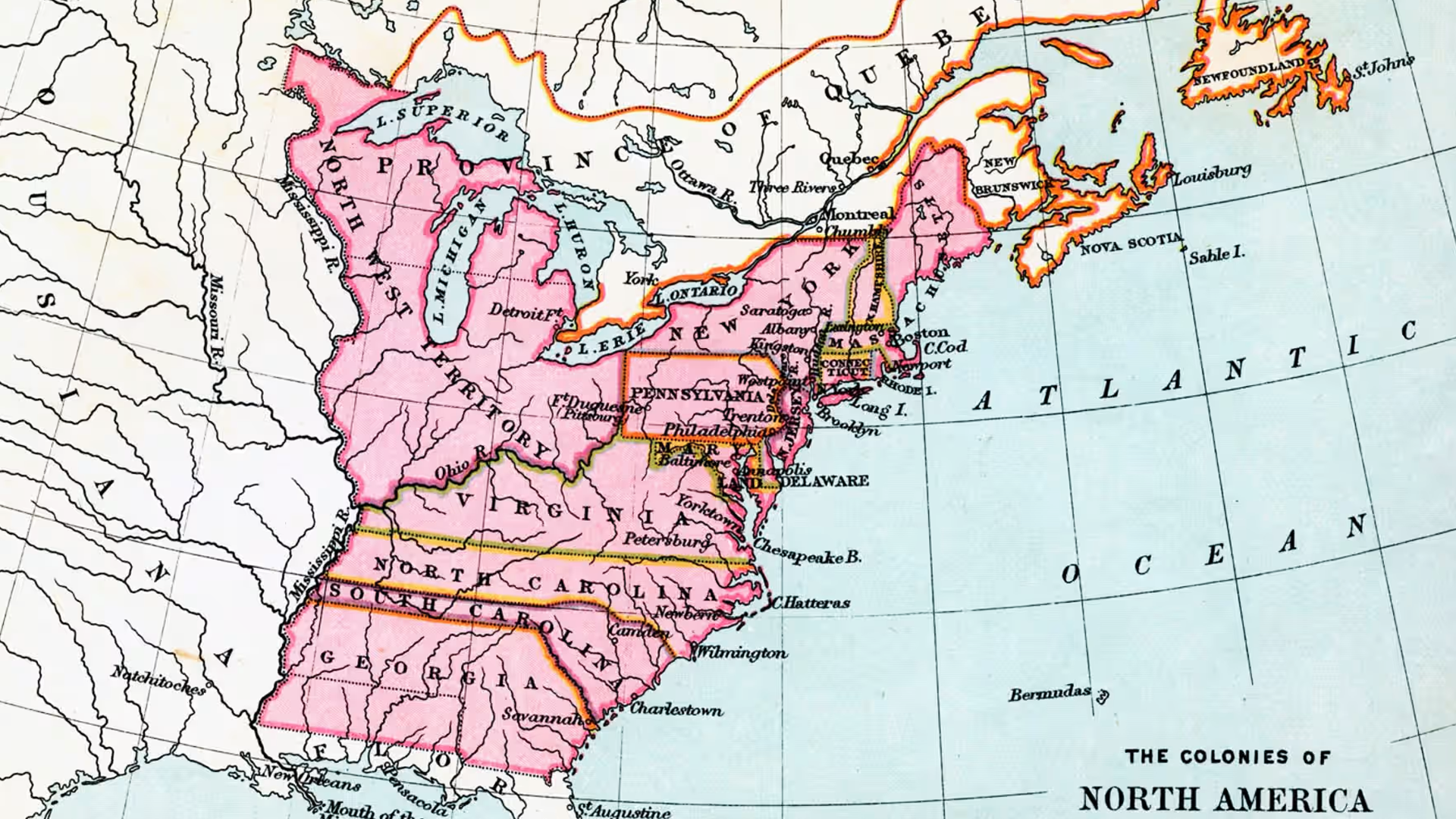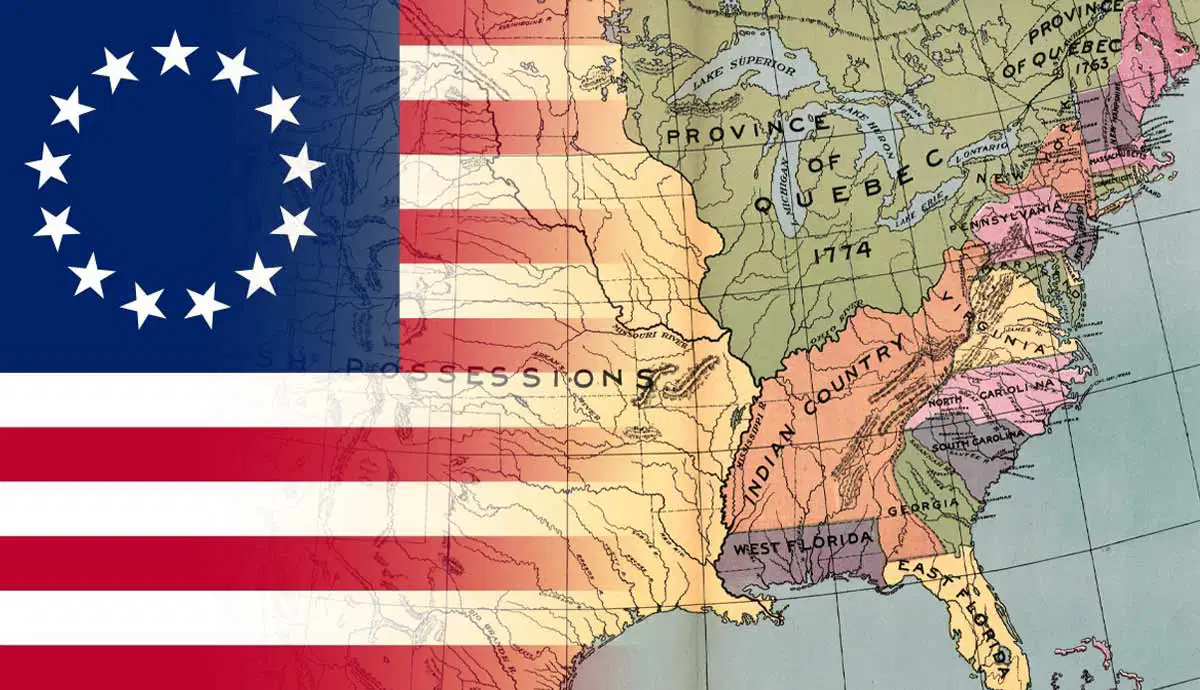The 13 Colonies: Seeds of a New Nation

The Dive
The story of the 13 Colonies begins in a Europe that was crowded, hungry, and restless. England’s fields were turning into sheep pastures instead of farms, leaving people without food and jobs. At the same time, nations raced to grab colonies under mercantilism, a system that valued wealth and power through trade and expansion. For many, the New World was not just an escape, but an opportunity.
The first English attempt at settlement came at Roanoke in 1587. Known as the 'Lost Colony,' it mysteriously disappeared, leaving behind only the word 'Croatoan' carved into a tree. This failure did not stop explorers, but it showed how difficult survival in the New World would be.
In 1607, Jamestown in Virginia became the first permanent English settlement. At first, settlers focused more on searching for gold than planting food, which led to starvation and high death rates. The colony only began to succeed when John Rolfe introduced tobacco farming, a crop that demanded both land and labor. This led to the arrival of indentured servants and, tragically, the first enslaved Africans in 1619.
Religious freedom also shaped many colonies. The Pilgrims at Plymouth in 1620 and the Puritans of Massachusetts Bay hoped to build new societies centered on their faith. Rhode Island, founded by Roger Williams, went further—offering religious tolerance to people of all beliefs. Maryland too became a refuge for Catholics, though its protections were limited to Christians.
Geography gave each region its own personality. In rocky New England, small farms, shipbuilding, and fishing supported tight-knit towns. The Middle Colonies—New York, New Jersey, Pennsylvania, and Delaware—had fertile soil and diverse settlers, creating a mix of cultures and a spirit of tolerance. The Southern Colonies thrived on plantations of tobacco, rice, and indigo, but their wealth relied heavily on enslaved labor.
Pennsylvania stood out as William Penn’s 'holy experiment,' a colony built on Quaker values of equality, fair treatment of Native Americans, and freedom of worship. Meanwhile, the Carolinas and Georgia developed economies tied closely to slavery and trade with the Caribbean, shaping a society built on stark inequality.
Though divided by culture, religion, and economy, the 13 Colonies shared one thing: distance from England. Over time, colonists began to see themselves as something more than just English subjects. Their experiments in self-government, from town meetings in New England to the Fundamental Orders of Connecticut, gave them practice in making their own rules.
By the mid-1700s, the 13 Colonies were no longer just scattered settlements. They had become distinct but connected societies that would eventually challenge British power and lay the foundations of the United States. The lessons they learned about survival, cooperation, and governance became the seeds of a nation.
Why It Matters
Understanding the 13 Colonies helps us see how geography, economics, and belief systems shaped the earliest experiments in American government and identity. These diverse beginnings explain both the unity and tensions that defined the American Revolution and continue to influence the nation today.
?
How did geography influence the differences between the New England, Middle, and Southern colonies?
Why was tobacco so important to Virginia’s survival and growth?
What role did religion play in shaping different colonial societies?
Why do you think the 13 Colonies became more independent-minded than other colonies around the world?
How might the diversity of the Middle Colonies have influenced ideas of tolerance and democracy?
Dig Deeper
The U.S. is 50 states strong today, but it began as 13 small colonies. Can you name them?
A lively look at the colonies beyond Virginia and Massachusetts, including Dutch New York, Quaker Pennsylvania, and the rise of slavery in the South.
Related

English Colonization: Roanoke, Jamestown, and Early Settlements
From vanished colonies and tobacco empires to pirates and indigenous resistance, the story of England’s first attempts at colonization in North America is anything but boring.

Life and Society in the Colonial Carolinas
Explore the rise of plantation agriculture, slavery, class divisions, and the shaping of daily life in the colonial South—particularly in North Carolina and South Carolina.

The Market Revolution: How Innovation Transformed America
In the early 1800s, America changed from a land of small farms to a booming nation of factories, railroads, and markets. The Market Revolution connected people, goods, and ideas—while also revealing deep inequalities in who benefited from progress.
Further Reading
Stay curious!
